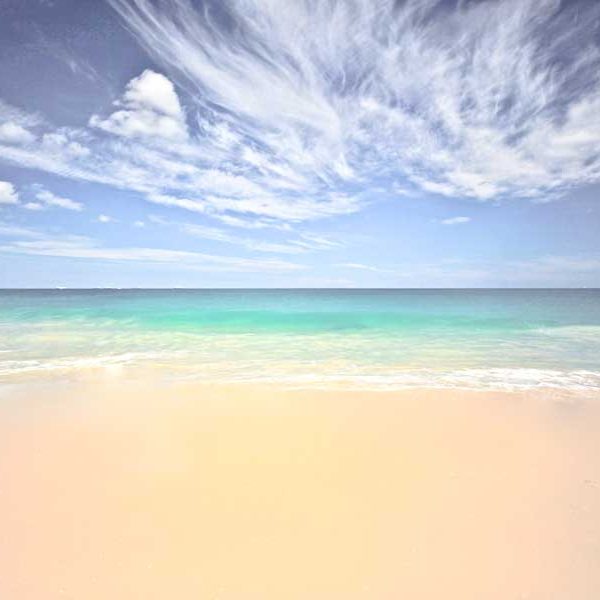Samara is the sixth biggest city in Russia with the population of about 1.17 million people. The Samara dwellers call their city the ‘Beauty on the Volga’. Locals like to be number one in everything, so Samara has the largest square in Europe – the Kuibyshev square.

The Samara railway station building is the tallest of all the stations of the Old world; in Samara, there is the longest embankment in Russia; the city is situated on the shore of the most full-flowing river of Europe and these are not the only records of the city. In 2018, Samara will host The World Cup and they will definitely construct something else to be called number 1 for the world tournament.
Officially, Samara started in the 16th century with a small tower. From 1935 to 1991, Samara was called Kuibyshev, in the honour of one of the political activists of that time, and some people still call the city by this name.
Samara has kilometres of wide beaches, which become the centre of development of beach and water sports in summer. There are dozens of competitions in football, volleyball, tennis, and regattas. Also, the summer is ideal for wandering around the centre of Samara, where unique old buildings are well preserved till now.
They are constructed in many different architectural styles: classicism, baroque, art nouveau, neo-renaissance, constructivism, empire, Moorish architecture, etc. There are whole streets where you will feel like you’ve travelled into the past!
You can also take bike tours, tours on horseback and quads. On a lovely day, you can explore the river on a ship or boat. Samara provides short boat trips along the coast, together with boat trips to Moscow and Saint-Petersburg.
In winter, you can enjoy dozens of ice-skating rinks, most of which are under the open sky. There are several ski resorts with ski slopes of varying difficulty. Children will love high hills and intricate ice towns, which are constructed on all the squares and parks of the city every winter.
All year round, dozens of museums operate in the city. There are many theatres, including one of the leading ones in Russia, the Samara Academic Opera and Ballet Theatre. There are many shopping centres, nightclubs, cinemas, art galleries as well as contemporary art galleries and old Orthodox churches. Each week, the city hosts numerous concerts, performances, shows, meetings with interesting people, open exhibitions and festivals.
During the Second World War, the city was assigned to be an emergency capital. Therefore a lot of plants and industries were evacuated to Samara and kept alive there to provide the army and the militaries with all the necessities.
Samara was also prepared to become home to all the state establishments and members of the government including Stalin, in case of an emergency in Moscow.
For this reason, there was the Stalin’s bunker build – 37 meters under the ground, it has the height of a 12-story building.
Its autonomous system of air renewal and the power station are still in working condition. Bunker still maintains its integrity and is designed for full autonomy for five days. The secret underground is a multi-storey building, equipped with elevators.
On the ground floor, there is a conference room for 115 people. Right next to it, there is a recreation room intended for Stalin. On the upper floors, there are rooms for security, warehouses, and technical support services. The bunker could withstand a direct hit of the biggest bombs of that time.
The bunker lost its secrecy status only in 1990. Despite the fact that the bunker is still an object of civil defence, it can be accessed as a conventional Museum. Although, the time for the visit is limited to two or three hours a day. The entire interior is kept in the way it was built in 1943 up till now. There are also 2 more, less famous, bunkers in Samara which were built at the same time.
The Museum “Cosmic Samara”. The three-story building is a pedestal for the famous carrier rocket “Soyuz”. It’s the authentic “Soyuz” which is attached to the facade of the building. The height of the rocket together with the building is about 55 meters. This is Europe’s only vertically-mounted carrier rocket assembled! Currently, it’s not only a museum but also a cultural centre with a range of activities provided.
The Ploshchad Slavy or Square of Glory. The square offers a great panorama of the Volga, a view of its right side and the fountain of Victory. The symbol of Samara – the Monument of Glory, rises in the centre of the square. It is made in the form of a worker’s figure with the height of 13 m, which is placed on a pedestal of 40m in height.
The worker is holding wings in his hands. The monument symbolizes the city’s contribution to the aviation industry during the Second World War. During the war times, Samara manufactured low-flying attack aircraft called Il-2, which was nicknamed the “flying tank”.
In September 1971, the Eternal Flame was lit at the monument of “Grieving Mother-Homeland”. The monument is a sculpture of a warrior, which became a symbol of the memory of the natives of the city and region and those who died during the war (their number exceeds 200 000).
The Church of St. George can be seen at the other end of the square. It’s a working temple which was consecrated and opened in 2001. At the same time, it is a monument to the defenders as well. The memorial books that preserve lists of names of the fallen heroes are kept there.
The structure of the building has the traditional shape of a cross, surmounted by golden domes. The main dome weighs 8 tons. The Interior is decorated with frescoes and the outside walls are covered with marble and white stone.
House-Museum of Alexei Tolstoy includes wood building, outbuildings and a small garden in the historical centre of Samara. The estate was built in the years 1881-1882. Home furnishings of the rooms put the visitor in the atmosphere of a provincial town of XIX-XX centuries. An interesting fact about this place is that balls and parties in the style of those times are still held in this house-museum.
Klodt Mansion and Children’s Art Gallery. The mansion of Ivan Klodt is one of the most unusual houses of Samara. This mansion was built by a rich Samara merchant Ivan Klodt in the late XIX century.
The house was designed in the style of German Renaissance with weathervanes, towers and balconies. Due to its outstanding exterior, it eclipsed all the mansions of the old Samara.
Since1990, the building has been occupied by Children’s art gallery. The funds of the gallery consist of over 19000 items – including more than 12,000 works of children from different countries, samples of decorative applied and folk art, dolls of the nations of the world, items of ancient life.
The gallery represents several types of Museums: architectural monument and museum of ancient life, the exhibition of children’s art, garden museum and the museum under the open sky. The gallery exhibits not only children’s but also adults’ works, which are thus able to form the art taste of the child.
Book Best Hotel Deal Here
 TravellerHints!
TravellerHints! 


